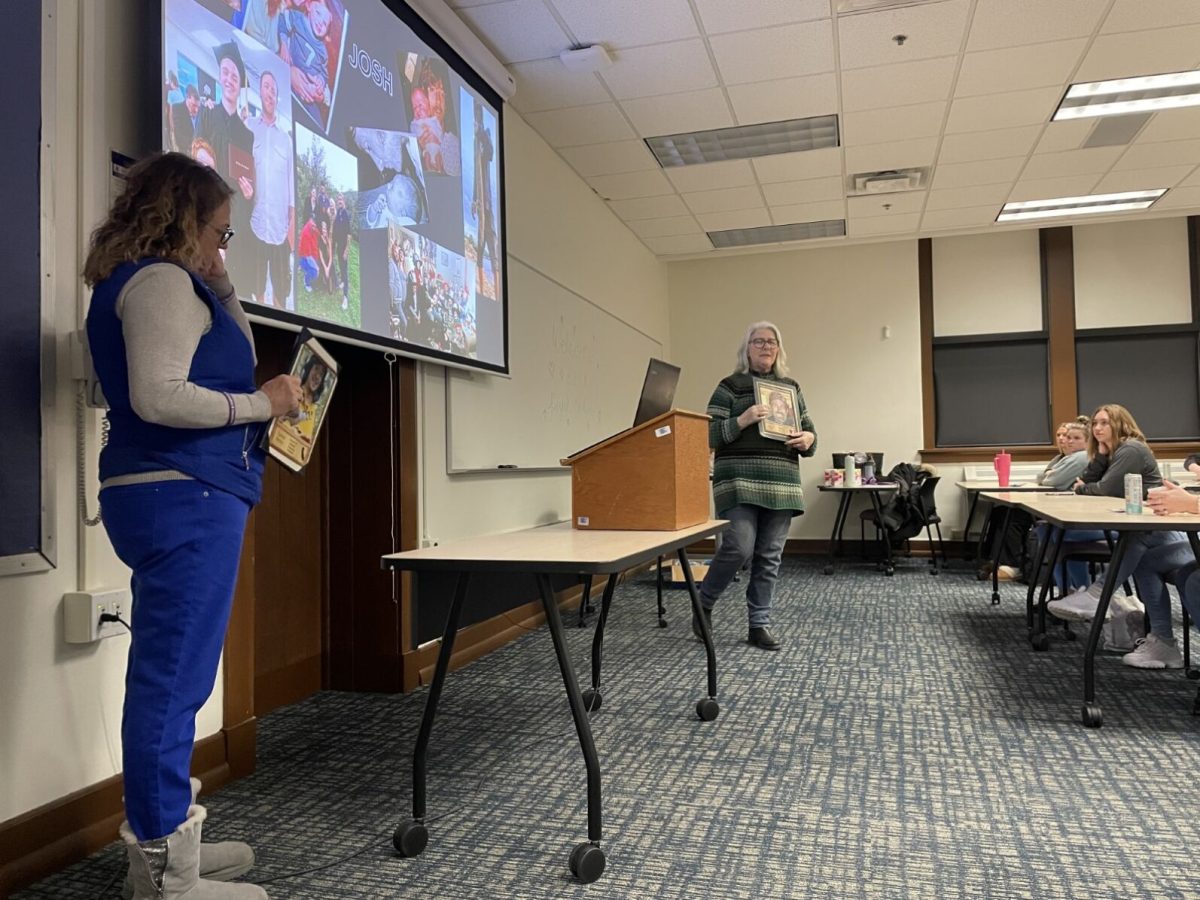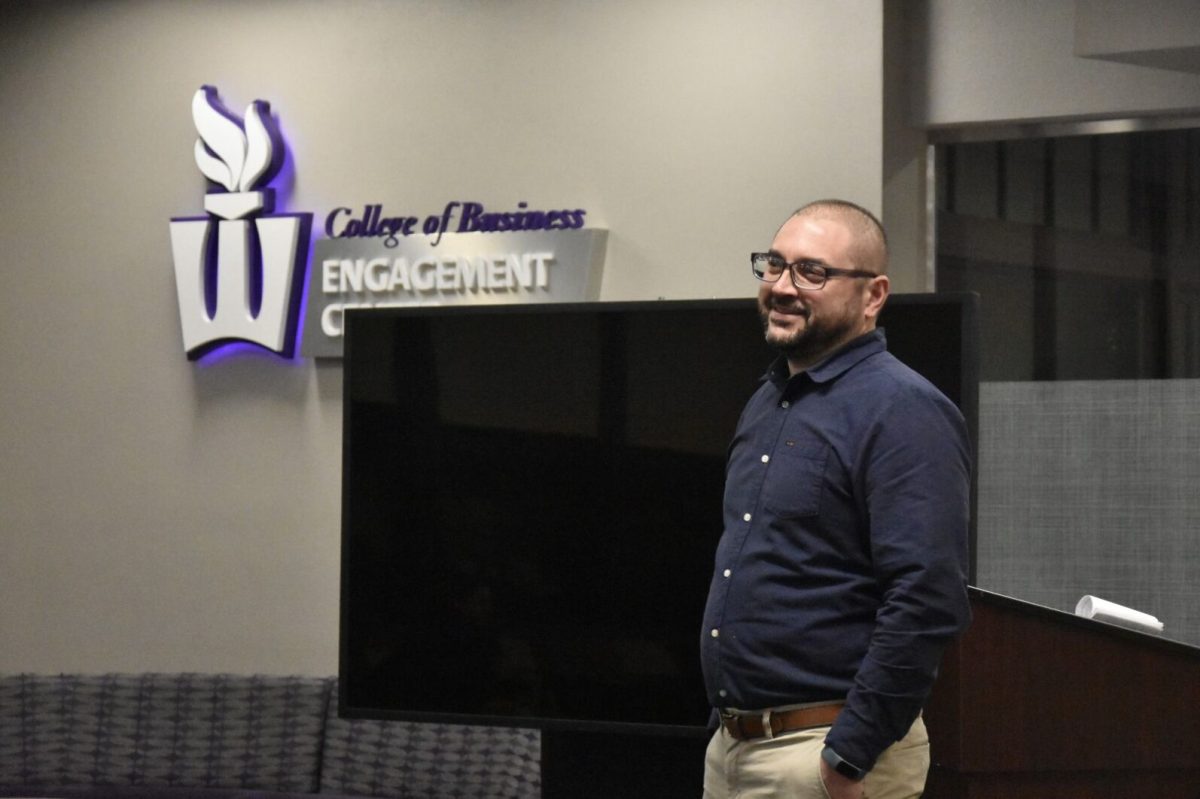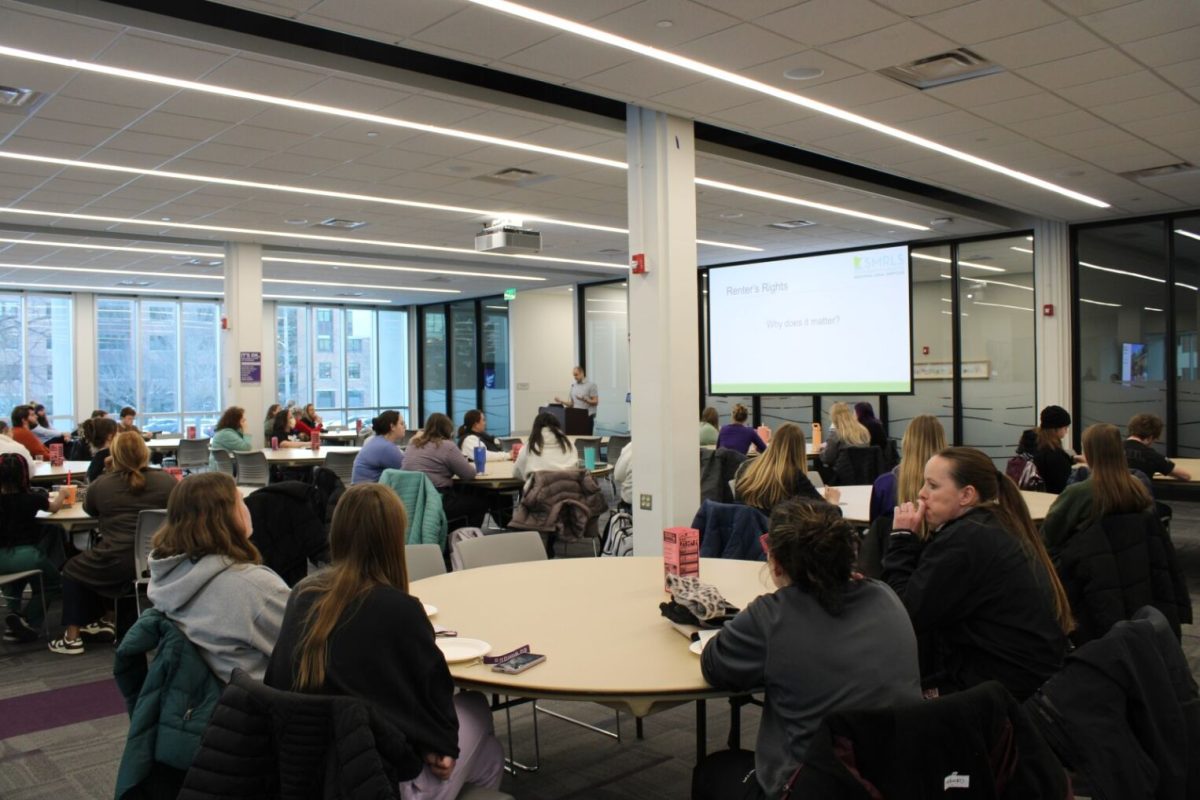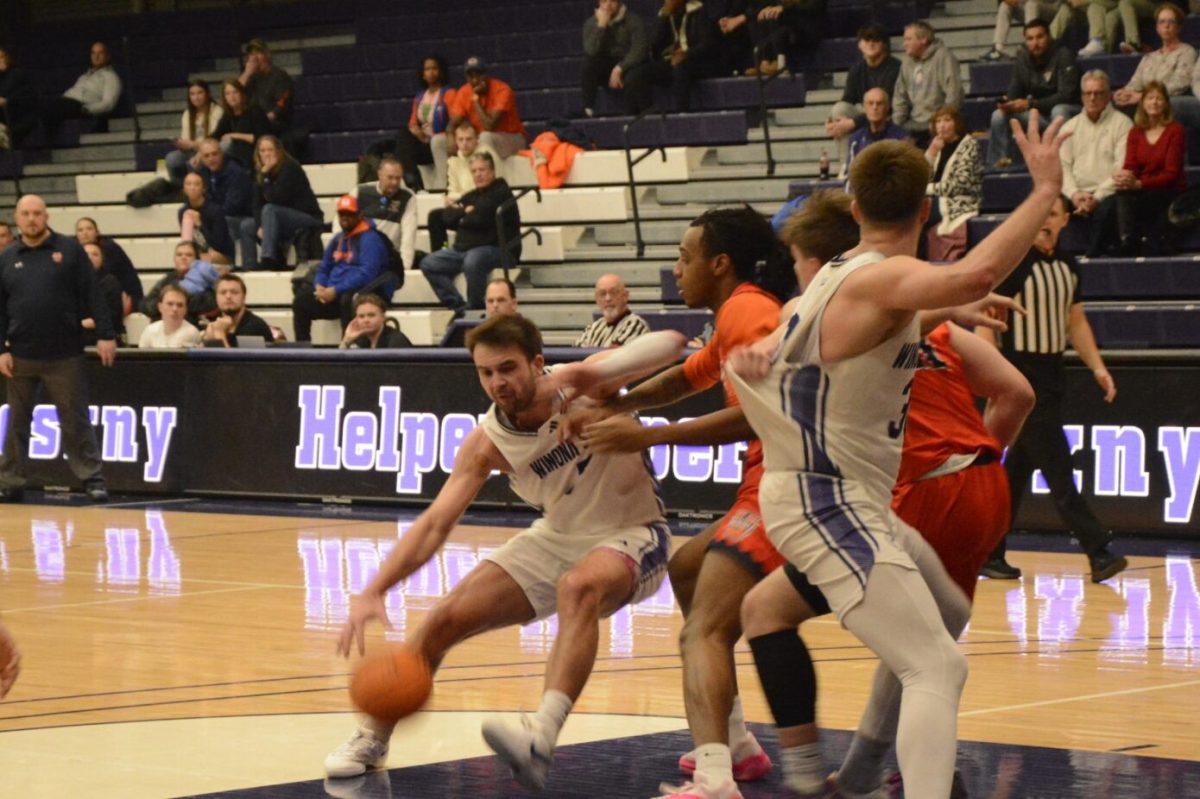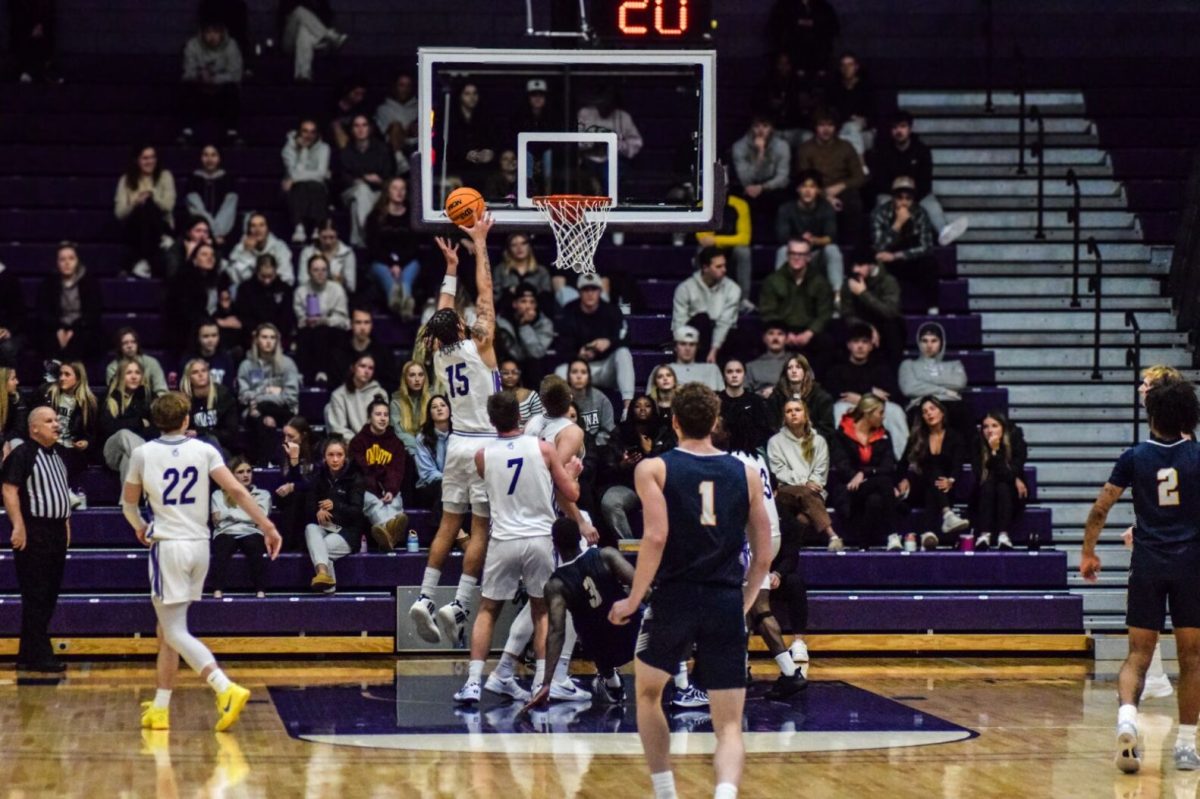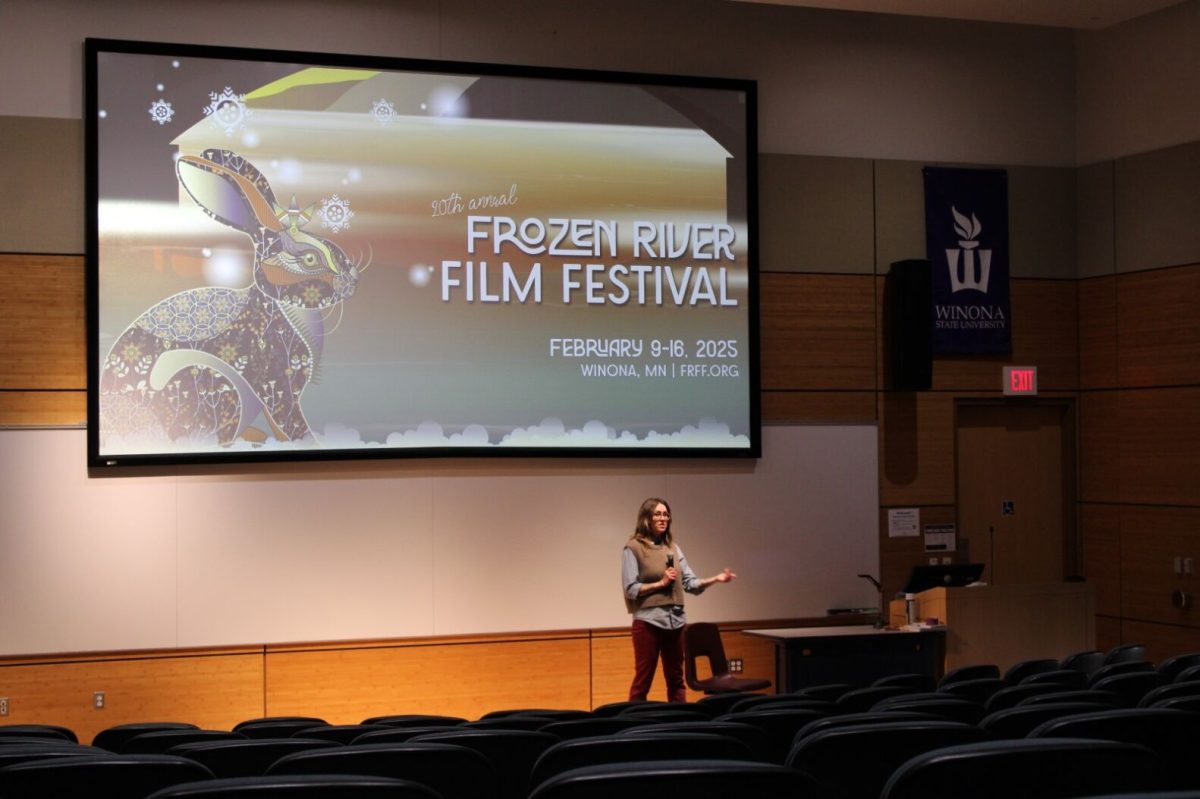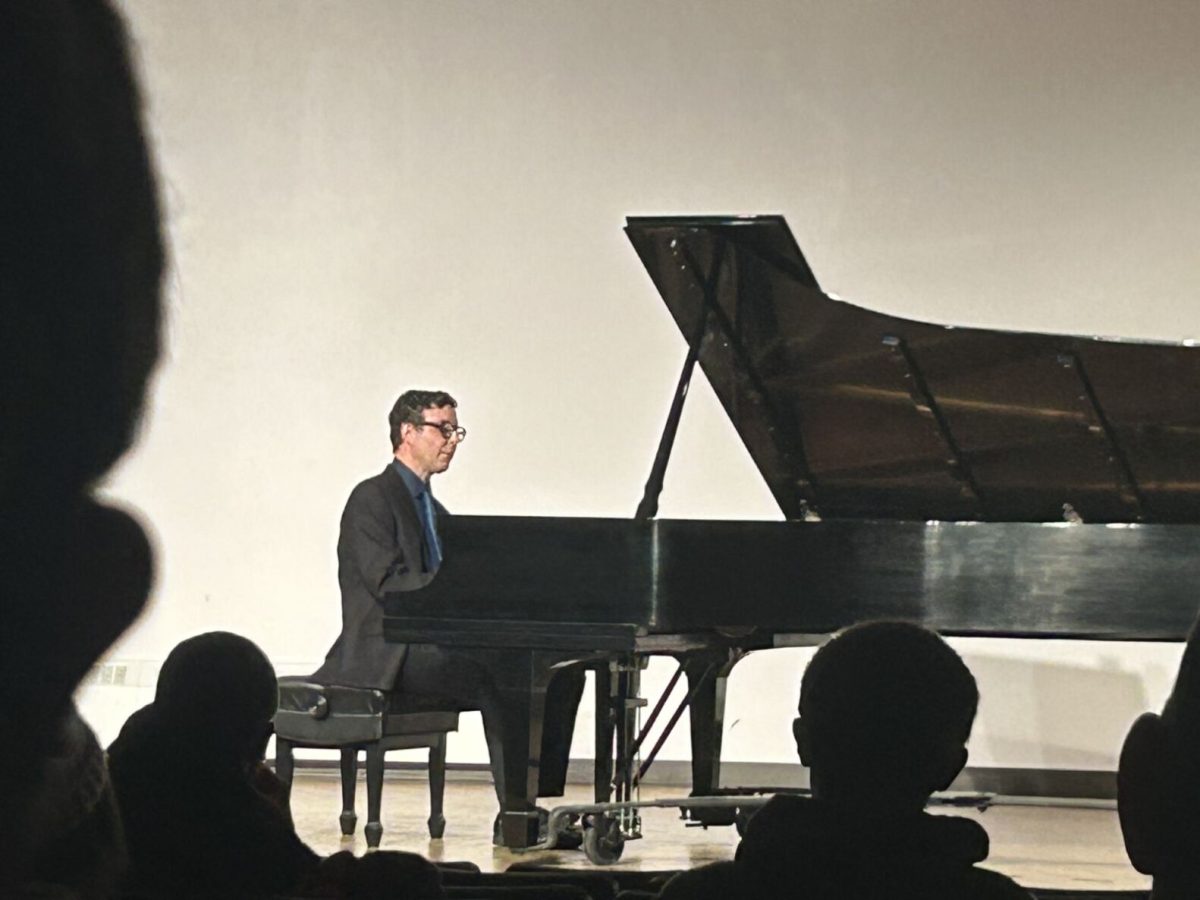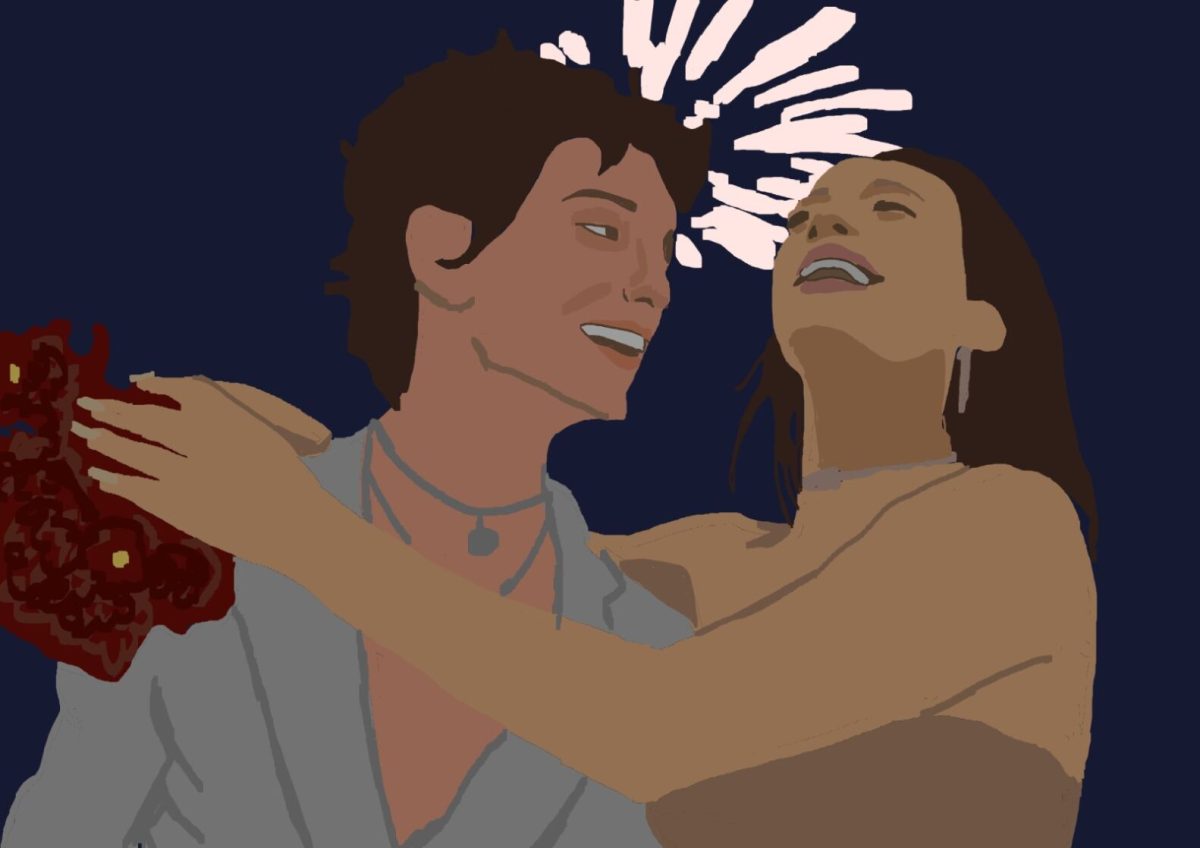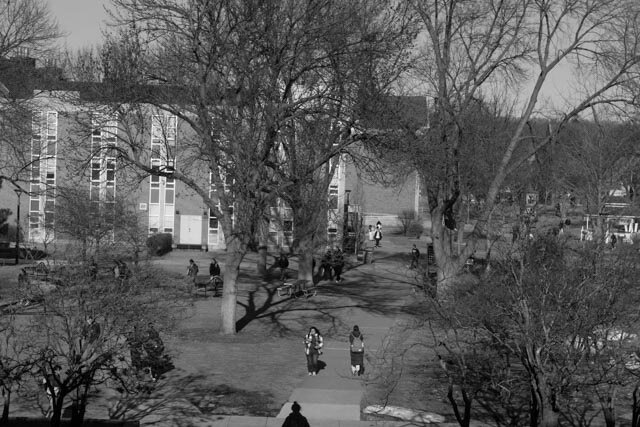Karin Chandler/Winonan
Winona State University hosted the 1862 Exhibit Sept. 10-13. The 1862 Exhibit is a traveling project from Gustavus Adolphus College intended to increase awareness of the Minnesota’s history, especially as it relates to the Dakota tribe.
Alex Hines, director of Inclusion and Diversity at Winona State, said it is surprising “how much people don’t know about the place they call home.”
“If you don’t understand the history of America, how do you know? How can we be global citizens if we don’t know about other cultures? Everybody has a culture,” he said.
Winona’s Unity Park hosted the Great Dakota Gathering last weekend, and this exhibit was timed to coincide with the gathering.
Lower Sioux members Sheldon Wolfchild and Pam Halverson traveled to Winona State University to present the “Star Dreamers” documentary, which they promoted along with the exhibit as a more complete look at the often misremembered events of 1862.
“The exhibit is incomplete,” Halverson, a member of the Lower Sioux, said. “It doesn’t tell what caused the war. It doesn’t tell how the war could’ve been prevented. They left a whole lot of stuff out.”
Wolfchild, a member of the Lower Sioux and also the director of the documentary “Star Dreamers”, was displeased with the lack of thoroughness in the exhibit as well.
“Why should I read anything else if they don’t put in the causes?” Wolfchild said. “There’s been almost 70 years of research, and the story has never been told. It’s time for truth telling.”
Before the film was shown, Mark Diedrich, a researcher who frequently writes about Native American history, said, “The greed and corruption have never been exposed.”
The Dakota recently learned that two of their deceased tribesmen, Little Six and Medicine Bottle, were dug up by doctors and used for instruction. The Dakota want their bodies back so they can give Little Six and Medicine Bottle a proper burial.
During the “Star Dreamers” documentary, audience members learned a new perspective on the causes of the 1862 uprising. Traders and government agents alike did not help the Dakota according to the treaties, and when the Dakota complained, their response was that the Dakota should “eat grass or their own dung,” the documentary stated.
The Dakota sent a letter to the governor threatening to start a war if they didn’t get their money and their goods. The government did nothing. Hunters from the reservation killed five white settlers. Colonel of the state militia Henry Hastings Sibley made it seem like the Dakota were just killing whites, and so the war began.
When Lincoln heard about the reservations and the events, he instructed authorities to “tend to the Indians.” Lincoln also promised that the Indian system would be reformed; however, he did nothing until 303 Dakota men, innocently accused as war criminals, were to be hung.
Lincoln announced that there were to be no executions without his approval, thus reducing the number from 303 to 38. If he had pardoned all of the men, he would have lost the Minnesota vote for the election.
Fort Snelling, now a popular museum site, was essentially used as a concentration camp during the war. It held 1,600 Dakota people, and didn’t provide the people with adequate food and fuel, the documentary stated.
Most students in Minnesota never learn anything about this in school, Wolfchild said. At past screenings, students reacted with frustration that they had never learned about this before.
Wolfchild said, “Hopefully someday history books will be written in the proper way.”
Wolfchild has shown his film to a number of people already, and some teachers are planning to use the film in their history classes.
The documentary, when finished, will have three parts. Each focuses on different aspects of the 1862 uprising. Wolfchild hopes to have the documentary completed at the end of October or early November.
Contact Karin at KChandler08@winona.edu


